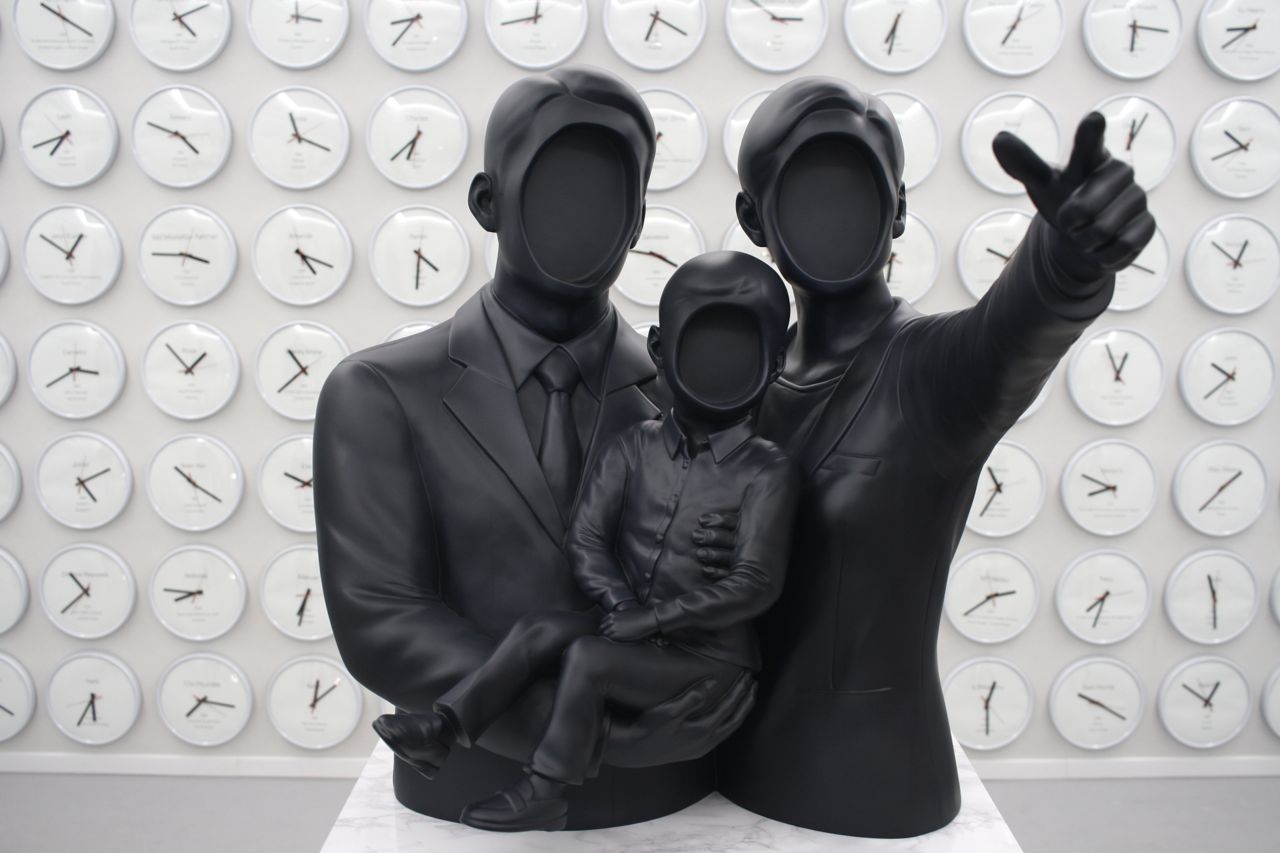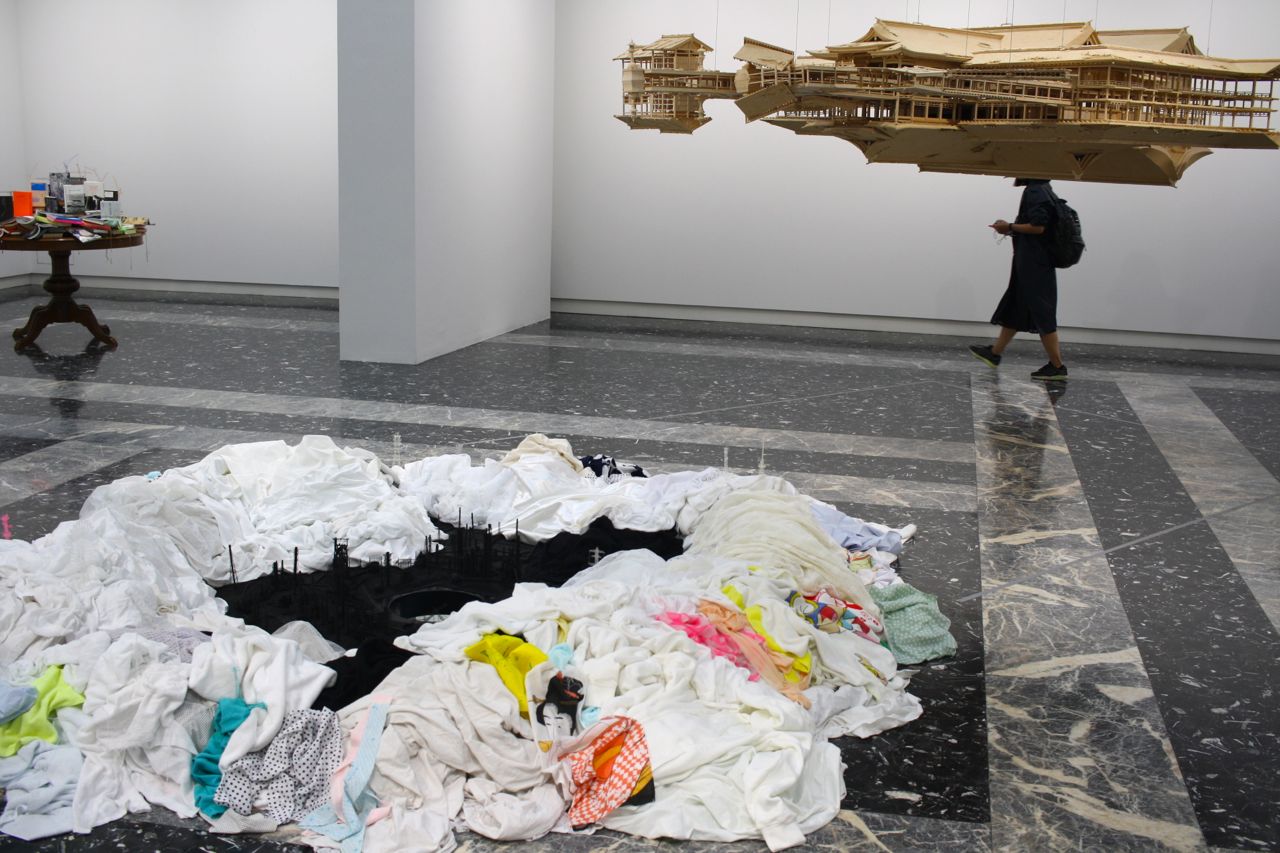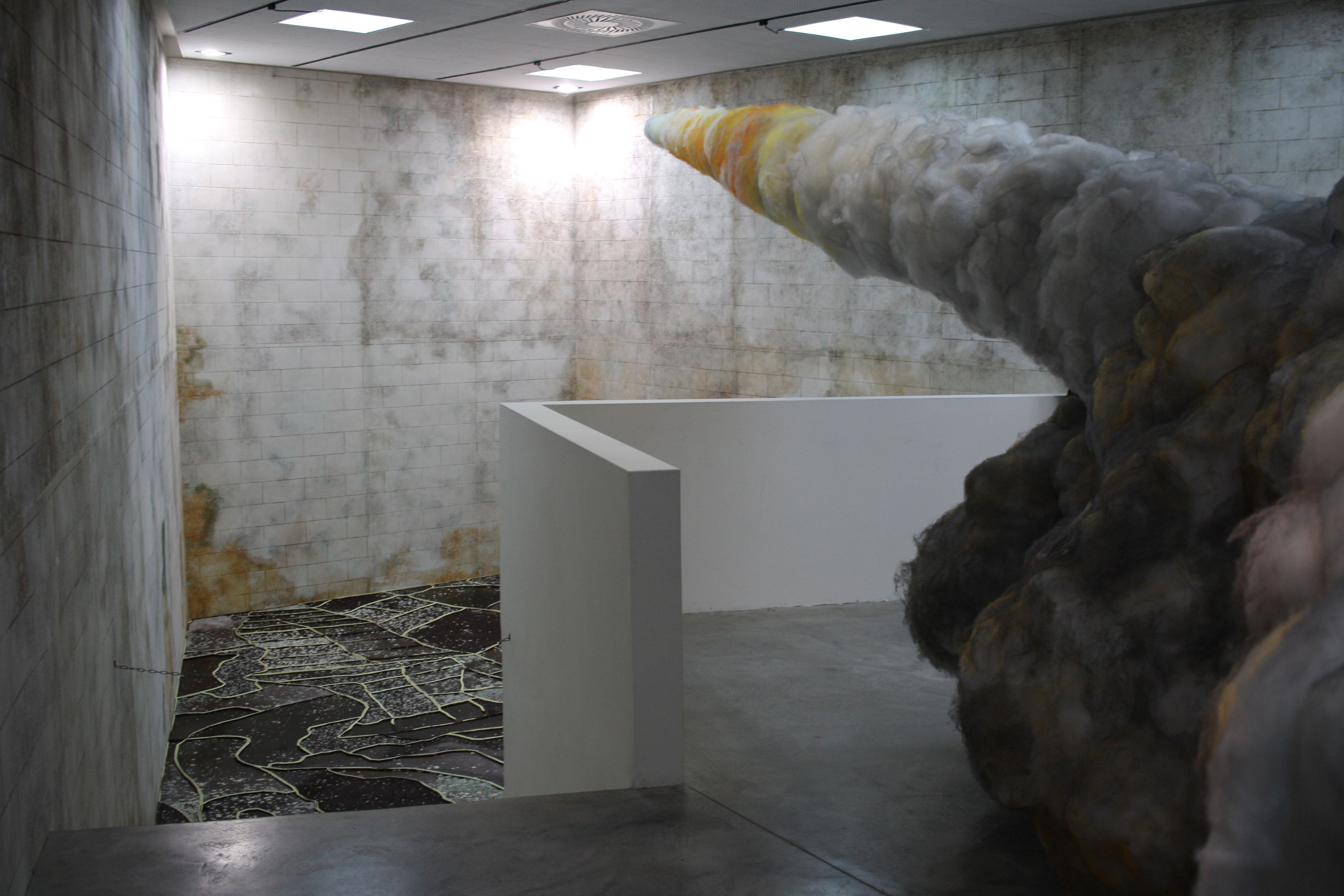Shows
57th Venice Biennale, Part 2: National Pavilions in the Giardini


At least half of the fun during the Venice Biennale can be found at the national pavilions: Who did what this year? Was it interesting—even spectacular? How was the Biennale compared to the last one and the one before that? And for how much is Hauser & Wirth selling Mark Bradford’s paintings in the United States Pavilion? (We heard USD 5 million a piece, but that could be lagoon lore.)
While there’s no precise formula for a good pavilion—though let’s just say quiet and subtle are not good approaches with so much competition—the national arts bodies generally responsible for nominating artists and presenting their pavilions are also in the sway of government agendas, domestic debates and the artist’s commercial interests, which can make for some very delicate dances behind the scenes. Leaving Venice gossip aside, what we see is meant to represent something about the moment in these countries from all corners of the world, and I’ll try to sort out initial impressions of the diverse efforts on view, starting with the Asian pavilions in the Giardini and Arsenale.

Australia Pavilion: Tracey Moffatt
Those who have followed Tracey Moffatt’s works for a long time kept using the phrase “return to form” to describe her presentation at the Australia Pavilion, “My Horizon.” Moffatt’s large color photographs are evocative of film stills but are absurdly—and unnecessarily—over-stylized to signal their artifice. The “Passage” series (2017) featured sunset-drenched “waterfront” settings, with clichéd depictions of mostly men, some smoking, others standing next to motorcycles and generally looking Marlon Brando-macho in a way that reads almost like a parody of pure camp. The “Body Remembers” (2017) photographs follow a black woman working as a maid (complete with black dress and white apron) around an abandoned house in a remote area, which could be colonial Africa or the American South, in the midday sun. There’s a new film meant to look like a very old film made by indigenous people, The White Ghosts Sailed In (2017). Another film, Vigil (2017), pairs imagery of boats overcrowded with refugees with film stills of people staring in horror, which seemed neither humorous nor sympathetic. With a tote bag reading “Refugee Rights” on one side, and “Indigenous Rights” on the other, the Australia Pavilion seemed completely tone-deaf and unaware of the sophistication found in viewers today, especially when it comes to film and mass media. The post-structuralist critiques of imagery are already built into our consciousness—just look at someone's Instagram feed and see how their friends are narrating their own lives.

Korea Pavilion: Cody Choi, Lee Wan
Though it is tucked in one corner of the Giardini—and apparently was approved by the Venetian authorities only as a “temporary” structure—you can’t miss the Korea Pavilion this year. The little glass and steel box has sprouted gigantic neon signage with dragons, a tiger and peacock courtesy of Cody Choi, one of two artists showing there. Inside is a mini-retrospective of Choi’s works, including his mid-1990s riff on Rodin’s The Thinker that he created with Pepto-Bismal soaked tissue-paper and positions on a shipping (or “shitting”) containing featuring a cut-out shape on the crate's side for someone to squat in. On the other side are videos from Lee Wan’s ongoing series “Made In” (2013– ), showing him re-producing commodities and staples (gold, grains, rubber, chopsticks); a new creation about how much time individuals must work in order to earn enough for a meal (hence, all the clocks); and the chronicle of a semi-real persona known as Mr. K, whose life follows that of the Republic of Korea.

Japan Pavilion: Takahiro Iwasaki
Takahiro Iwasaki is known for his hanging architectural models of traditional Japanese buildings with reflected or mirrored forms, creating an optical affect as if the space around them were water. The Japan Pavilion's presentation, “Turned Upside Down, It’s a Forest,” features several new works from that series, which won’t excite anyone who has seen their older siblings. The main gimmick in the Japan Pavilion is the hole bored in the middle of the floor, around which Iwasaki has piled clothes, sheets and towels collected in Venice and Japan, on top of which he has used threads pulled from the laundry to create miniature, delicate versions of electricity towers, Ferris wheels and rollercoasters. Two other works on tabletops similarly use found objects (books in one, plastic trash items in another) to create miniature architectural models and landscapes, which despite their delicacy aren’t particularly enthralling.

Israel Pavilion: Gal Weinstein
The Israel Pavilion looks very bad. The walls are dank and stained, the floor is covered in a patchwork of a dark, swampy liquid sprouting green colonies of mold. Upstairs is a billowing, smoke-stained sculpture that looks like it survived a house fire and has been neglected ever since. The whole place looks like it should be abandoned. Gal Weinstein’s creation of an Israeli “landscape” that fills the pavilion takes its title, “Sun Stand Still,” from a miraculous act performed by ancient Israelite leader Joshua Bin-Nun, who was engaged in a battle with the Canaanites that he needed to win before darkness. In stopping time, the Israelite king may have won the battle but Weinstein seems to be suggesting that much else was lost in trying to stop the process of time. The floor work, Jezreel Valley in the Dark (2017) resembles the agricultural fields of the Zionist colonialist project in the Galilee, but in the artist’s version now produces a noxious crop, and the sculpture upstairs, Moon Over the Ayalon Valley (2017) resembles the clouds of a missile launch frozen in time, in a state of perpetual conflict. Weinstein’s dour pavilion is just one of several this year at the Biennale, including Mark Bradford’s United States Pavilion next door, where neglect and willful denial of social justice is also shown to be the rotting core of a nation.
HG Masters is editor-at-large of ArtAsiaPacific.







